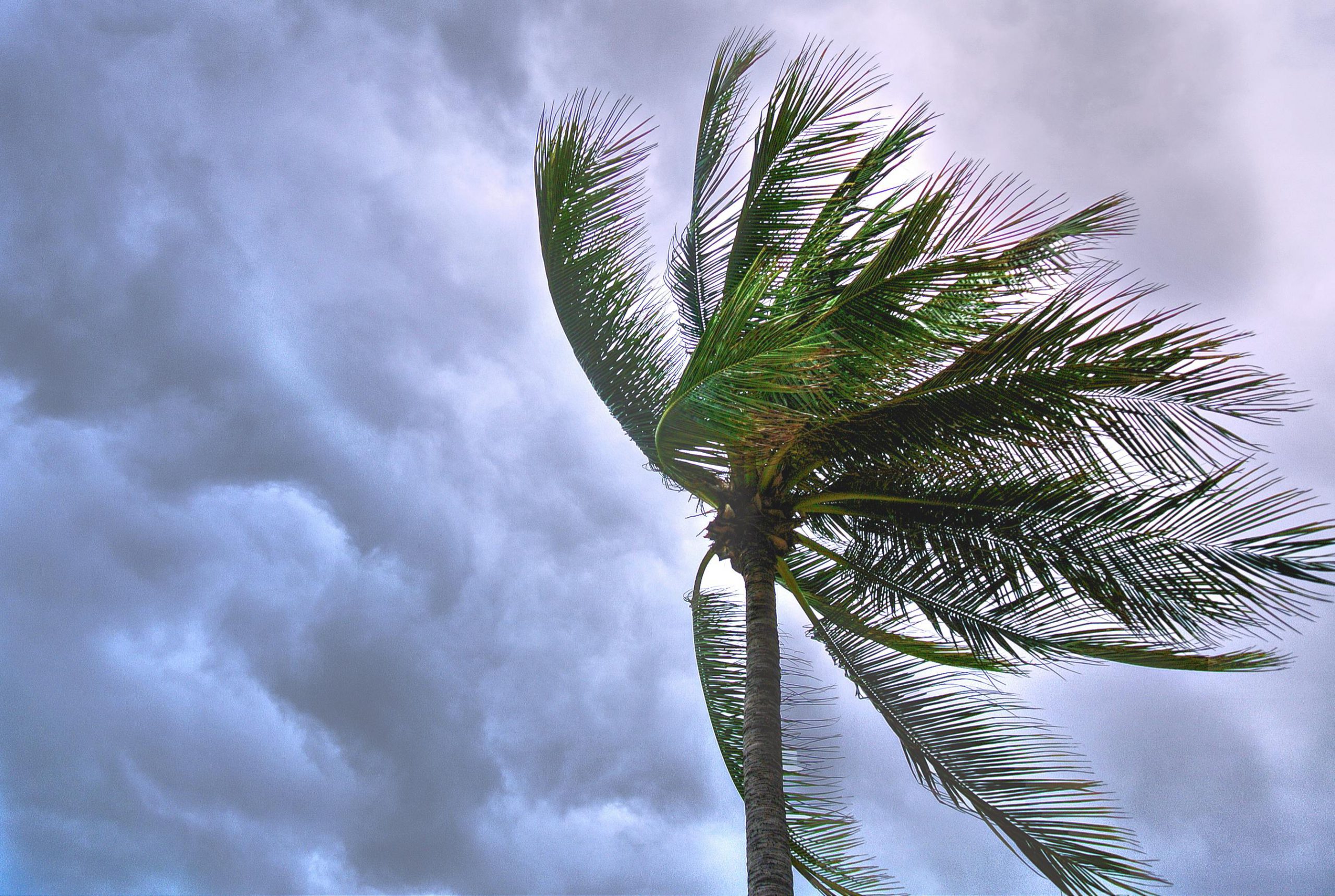As August rolls in, so does the peak of storm season—especially in hurricane-prone and high-rainfall areas. While you can’t predict when a major storm will hit, you can control how prepared your communities are when it does.
Use this checklist to make sure your properties, residents, and vendors are ready for whatever the season brings.
✅ 1. Review Emergency Contact Info for All Vendors
Make sure you have updated phone numbers and emergency contacts for all essential vendors—especially for landscaping, electrical, restoration, and plumbing.
✅ 2. Confirm Which Vendors Offer Emergency or After-Hours Service
Not all vendors operate during a crisis. Reach out now to confirm who is available for immediate response and document their service limits.
✅ 3. Double-Check Vendor Contracts for Response Clauses
Look for clauses regarding storm-related delays, response times, and responsibilities. Knowing this in advance can help you set proper expectations with boards and residents.
✅ 4. Walk Each Property for Pre-Storm Risks
Check for loose signage, low-hanging branches, or drainage issues. Take photos and flag anything that could turn into a hazard during high winds or heavy rain.
✅ 5. Schedule Preventive Maintenance for Gutters and Drainage Systems
Clogged gutters and poor drainage are leading causes of water intrusion. Get them cleaned out now—before the first major storm hits.
✅ 6. Secure Backup Power Plans for Critical Areas
If your buildings include elevators, entry systems, or common area lighting, determine whether generators are needed or already in place—and confirm they’re tested and functional.
✅ 7. Communicate Storm Protocols with Residents
Don’t wait until the warning sirens. Share your community’s emergency plans early, including how residents will be updated and what to expect from property management.
✅ 8. Review and Stock Emergency Supplies
If your properties provide common area supplies (like sandbags, flashlights, or signage), inspect your current stock and reorder anything missing.
✅ 9. Document Vendor Spend and Open Contracts
Storm damage often leads to insurance claims or quick vendor decisions. Knowing your current spend and contract status helps you act fast—and stay within policy.
✅ 10. Identify Gaps in Vendor Coverage
Now’s the time to check: Do you have reliable vendors lined up for all critical services? If not, consider issuing an RFP in advance to avoid the post-storm vendor scramble.
⚠️ Be Proactive—Not Reactive
A strong storm response starts with smart preparation. Use this checklist to build confidence with your boards, protect your residents, and ensure your vendors are ready to respond.
If you need help reviewing existing contracts or would like assistance running an RFP for storm response vendors, we’re here to support you.
